Your Gateway to Global Recognition in Anti-Money Laundering Excellence.
Contact us
Expert-Led Training Aligned with Global CAMS Standards
- At Netrika, we bring extensive expertise in investigations, AML, and compliance, gained through years of work across industries, government engagements, and corporate compliance programs. The course is structured to mirror CAMS certification objectives while focusing on real-world applications such as suspicious transaction reviews, KYC validation, monitoring, and reporting. This CAMS training is designed to prepare professionals for both the exam and practical workplace challenges.

Passing Rate
Guaranteed Pass in Training Certification. Our trainers discuss real-time scenarios so that the candidates can learn easily.
Years of experience
Learn directly from Certified CAMS Professionals who bring global expertise and real-world experience to every training session.
Enhanced Exam Simulation Tool
Practice with 1,000+ questions, detailed progress tracking, and an interface that mirrors the real exam – helping candidates build confidence and readiness.
What You’ll Get from the Certification
- Exam-focused modules covering AML certification fundamentals, detection techniques, KYC, sanctions and investigations
- Practice tests & timed mock exams to mirror the ACAMS exam format
- Case studies from banking, NBFCs and corporate investigations
- Trainer support & doubt-clearing sessions plus a downloadable study pack
- Administrative support for ACAMS registration and exam scheduling, including guidance on ACAMS exam fees and ACAMS certification cost
CAMS Course Overview
- The enhanced CAMS Certification Program comprises four core online courses designed to equip AML professionals with the critical knowledge and practical skills required in today’s compliance landscape. Each course integrates global best practices with regional and industry-specific insights, forming the foundation of your certification journey.

Understanding the Risks and Methods of Financial Crime
- Money Laundering and Financial Crime
- Money Laundering Risks in Financial Services
- Money Laundering Risks in Nonbank Financial Institutions
- Money Laundering Risks in DNFBPs and Other High-Risk Sectors

Global AFC Frameworks, Governance, and Regulations
- Global AFC Standards and Guidance
- AFC Regulations and Regimes
- Use of Guidance and AFC Cooperation

Building an AFC Compliance Program
- Components of an AFC Program
- Risk Assessment
- Design your AFC Program and Controls
- Transaction Monitoring and Investigation
- Concluding Investigations and Coordinating with Law Enforcement

Tools and Technologies to Fight Financial Crimes
- Technology for AFC Compliance
- Technology for Customer Onboarding
- Technology for Ongoing Monitoring and Investigations
- Data Collection and Preparation

Risks and Techniques of Money Laundering & Terrorism Financing – 26%
- Identify the risks to individuals involved in violations of AML laws.
- Identify the risks to institutions arising from AML law violations.
- Understand the economic and social consequences of money laundering.
- Recognize the purpose and impact of sanctions (e.g., OFAC, UN, EU).
- Identify various methods used to finance terrorism.
- Identify money laundering techniques used in banks and other deposit-taking institutions.
- Identify methods of money laundering within insurance companies.
- Identify how money is laundered through broker-dealers, investment advisors, and capital markets (e.g., securities, futures).
- Identify money laundering methods used in gaming and casinos.
- Identify money laundering methods used by dealers of precious metals and other high-value items.
- Identify money laundering methods used in the real estate sector.
- Identify money laundering methods used in bureaux de change and money service businesses.
- Identify money laundering methods used by lawyers, notaries, accountants, and auditors.
- Given a scenario involving trust and company service providers, identify red flags indicating money laundering or terrorism financing.
- Given a scenario involving technology as an enabler, identify emerging red flags of money laundering or terrorism financing.
- Given a scenario about banks or deposit-taking institutions, identify red flags indicating money laundering or terrorism financing.
- Given a scenario about insurance companies, identify red flags indicating money laundering or terrorism financing.
- Given a scenario about broker-dealers, investment advisors, and capital markets, identify red flags indicating money laundering or terrorism financing.
- Given a scenario about gaming (e.g., casinos), identify red flags indicating money laundering or terrorism financing.
- Given a scenario about dealers in precious metals and high-value goods, identify red flags indicating money laundering or terrorism financing.
- Given a scenario about real estate dealers, identify red flags indicating money laundering or terrorism financing.
- Given a scenario about bureaux de change and money service businesses, identify red flags indicating money laundering or terrorism financing.
- Given a scenario about lawyers, notaries, accountants, and auditors, identify red flags indicating money laundering or terrorism financing.
- Given a scenario, identify red flags related to human trafficking.
- Given a scenario about financial transactions offering anonymity, identify red flags indicating money laundering or terrorism financing.
- Given a scenario involving lack of ownership transparency (e.g., shell companies, trusts), identify red flags indicating money laundering or terrorism financing.
- Given a scenario involving fund movement, identify red flags indicating potential money laundering or terrorism financing.
- Given a scenario about commercial transactions, identify red flags suggesting trade-based money laundering activities.

Regulatory Compliance Standards for AML & CFT – 25%
- Identify the key aspects of the FATF 40 Recommendations.
- Identify the process FATF uses to highlight jurisdictions with weak AML controls.
- Identify key aspects of the Basel Committee’s Customer Due Diligence Principles.
- Identify the Wolfsberg Group’s AML Principles related to private banking.
- Identify the Wolfsberg Group’s AML Principles related to correspondent banking.
- Identify the essential components of EU Directives on money laundering.
- Identify key aspects of the USA PATRIOT Act with extraterritorial reach.
- Identify key aspects of OFAC sanctions with extraterritorial impact.
- Given a scenario involving a non-US financial institution, identify the global impact of the USA PATRIOT Act.
- Identify the key functions of regional FATF-style bodies.
- Identify the main objectives of the Egmont Group.

Developing and Managing AML, CFT & Sanctions Compliance Programs – 28%
- Identify the essential components of an institution-wide AML/CFT risk assessment.
- In a given scenario, determine the right course of action for addressing unmitigated risks.
- Apply institution-wide controls, record-keeping, and mitigation measures appropriately in various situations.
- Identify the key aspects of designing and delivering targeted training for different departments and job roles.
- Recognize the core components of an effective AML training program.
- Understand the responsibilities of senior management and the board in ensuring AML oversight.
- In a given scenario, identify how senior management and the board contribute to AML governance.
- Outline best practices for implementing customer onboarding procedures within an institution.
- Identify opportunities to enhance the efficiency and precision of automated AML tools.
- Recognize customers or employees requiring enhanced due diligence and the steps to take.
- Identify procedures to trace funds through financial institutions effectively.
- Identify suspicious behaviors based on client activity and transaction patterns.
- Determine the appropriate institutional response to suspicious client behavior.
- Recognize red flags and pressures related to concealing wire transfer details (e.g., beneficiary or originator).
- Identify red flags in transactions or account use, including cash, non-cash, wire transfers, and trade finance.
- Determine the appropriate institutional response to transaction-related red flags.
- Identify how to respond to red flags associated with employee conduct.
- Recognize situations where a Suspicious Activity/Transaction Report (SAR/STR) should be filed.
- Identify how SAR/STR information should be handled and protected.
- Determine appropriate responses to requests from law enforcement or government bodies.
- Identify best practices for implementing enterprise-wide AML strategies across jurisdictions.
- Determine appropriate steps to ensure compliance with global sanctions requirements.
- Identify reliable sources for maintaining up-to-date sanctions lists.
- Recognize appropriate steps to mitigate risks associated with Politically Exposed Persons (PEPs).
- Identify internal or external factors that may require reassessment of the AML program.
- Recognize when and how to implement program changes, such as policy updates or enhanced training.
- Assess money laundering and sanctions risks associated with new products and services.
- Identify issues that should be escalated to senior management or the board for review.
- Determine appropriate actions in response to AML audit or regulatory findings.
- Understand the importance of maintaining independence in AML audits.
- Identify how to adopt a risk-based approach in AML audits.

Conducting and Assisting in the Investigation Process – 21%
- Identify how to report high-profile SAR/STR cases to senior management or the board.
- Recognize the proper method for reporting SAR/STRs to regulatory authorities.
- Understand how to maintain and secure all documents supporting suspicious activity identification.
- Identify indicators that warrant exiting a client relationship due to excessive money laundering risk.
- Determine when it is appropriate to maintain an account based on a law enforcement request.
- Identify key areas and records to review when investigating a client’s suspicious activity.
- Recognize additional steps to take when cooperating with a regulatory or law enforcement investigation.
- Identify the right actions for an institution being investigated by regulators or law enforcement.
- Determine the factors to consider before sharing customer-related information within or across jurisdictions.
- Recognize how to address potential AML issues involving senior executives or board members.
- Identify effective interviewing techniques for individuals linked to AML investigations.
- Recognize available public data sources and intelligence tools for investigations.
- Identify methods used by law enforcement to request institutional information.
- Understand the typical types of information sought by regulators during AML investigations.
- Recognize how authorities (FIUs, central banks, regulators) collaborate in cross-border investigations.
- Understand the role and function of a government FIU and its interaction with the private sector.
- Identify the importance of maintaining privacy and data protection during AML investigations.
Get Started with CAMS Certification.
What You’ll Learn in This Course
Understand the significance of the CAMS certification in advancing a career in AML compliance.
Identify the key components
of an effective AML
compliance program.
Explain the money
laundering process and its
various stages.
Recognize the primary methods and channels used for money laundering activities.

Identify common risks
and challenges within AML
compliance frameworks.
Identify common risks
and challenges within AML
compliance frameworks.
Explore how to apply a risk-based approach in developing and strengthening an AML compliance program.
What You’ll Learn in This Course
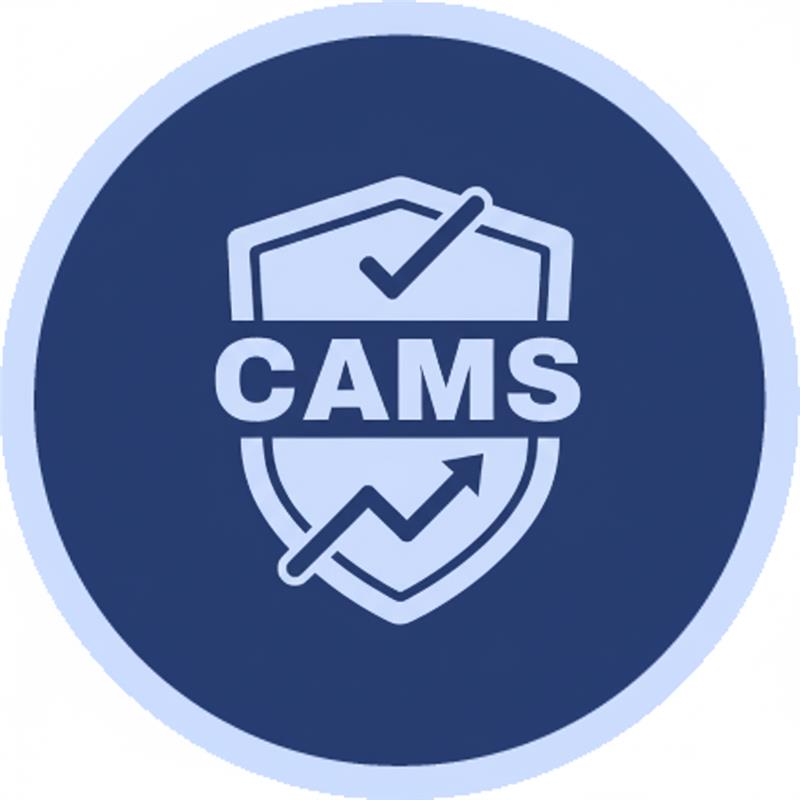
Understand the significance of the CAMS certification in advancing a career in AML compliance.
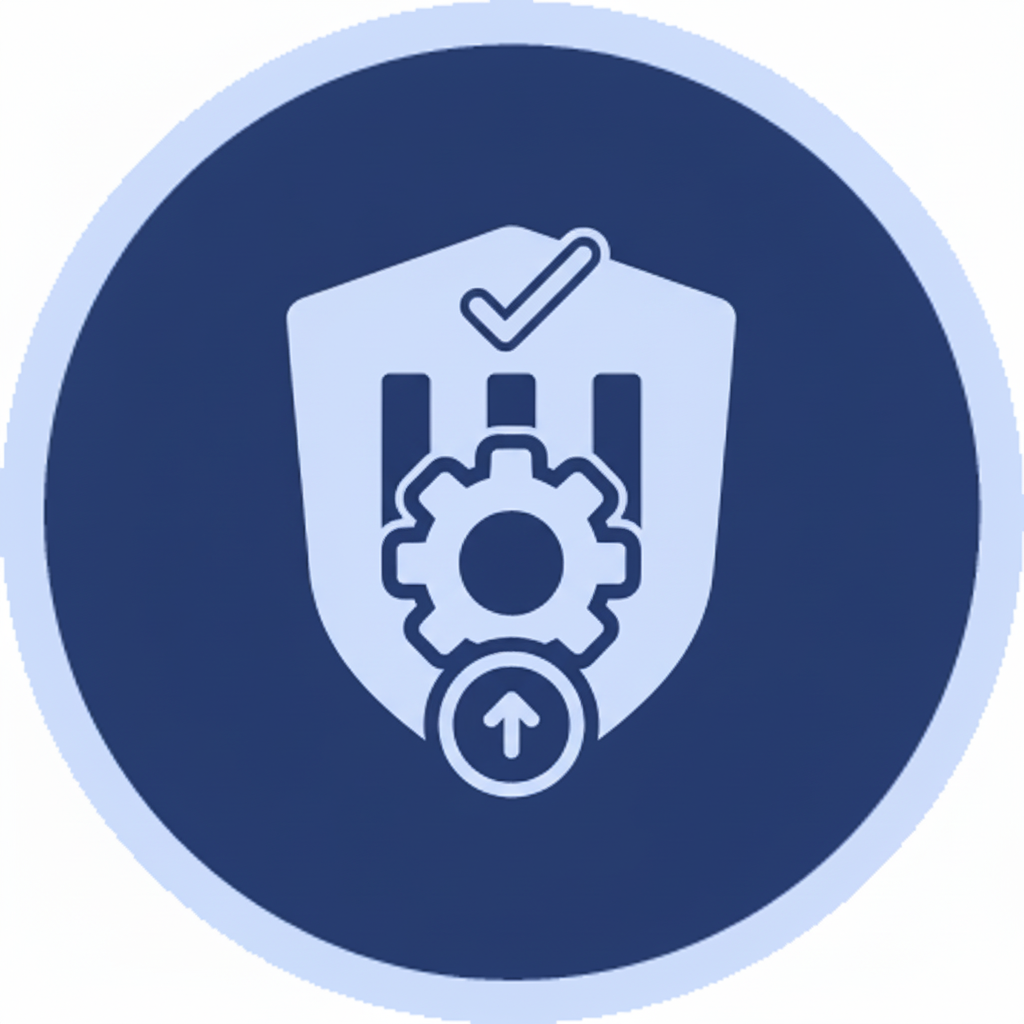
Identify the key components of an effective AML compliance program.
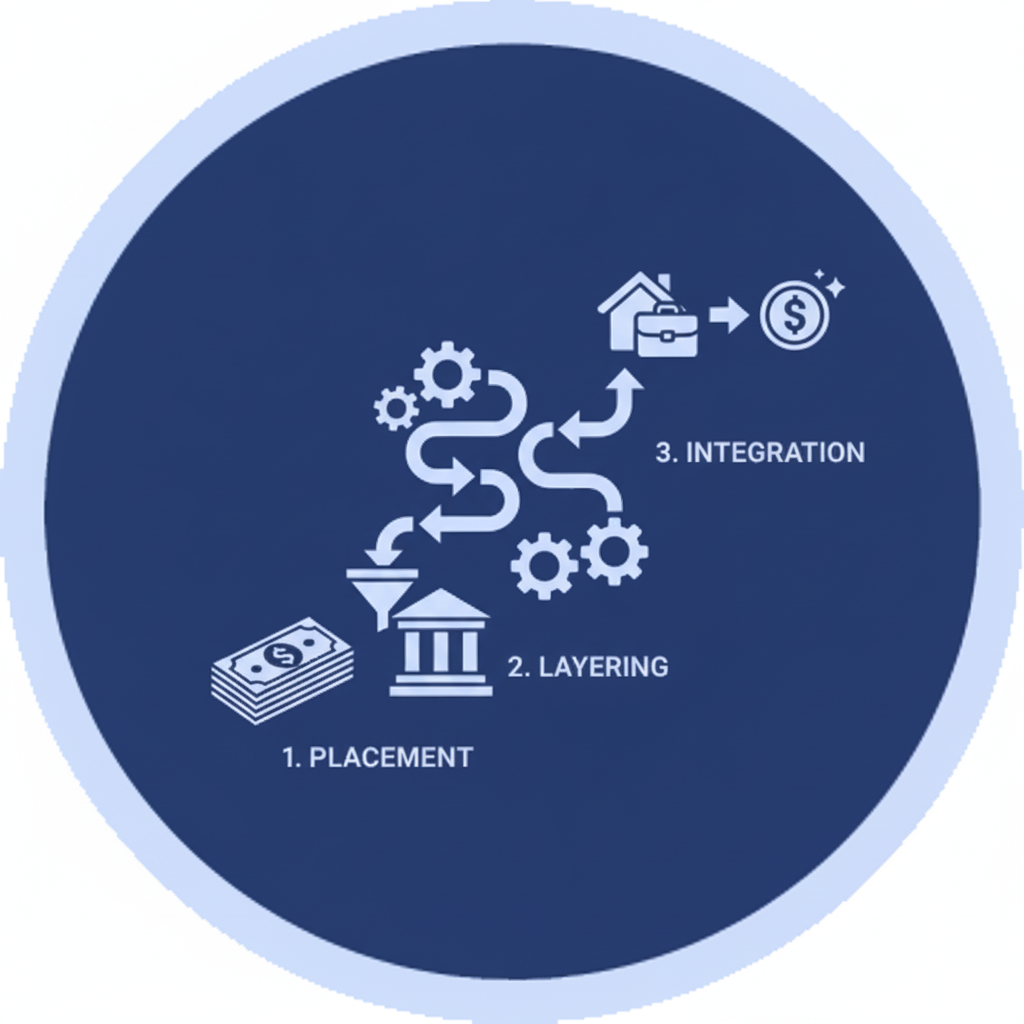
Explain the money laundering process and its various stages.
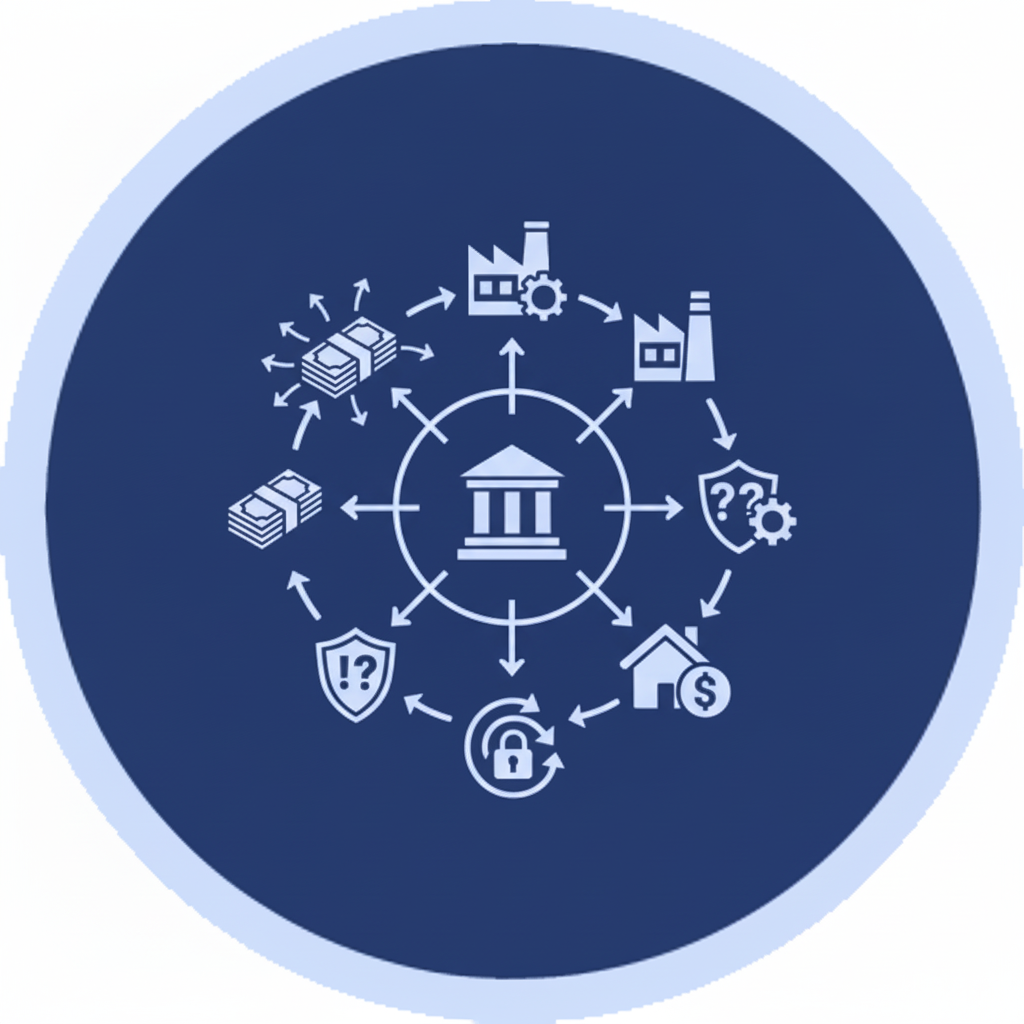
Recognize the primary methods and channels used for money laundering activities.
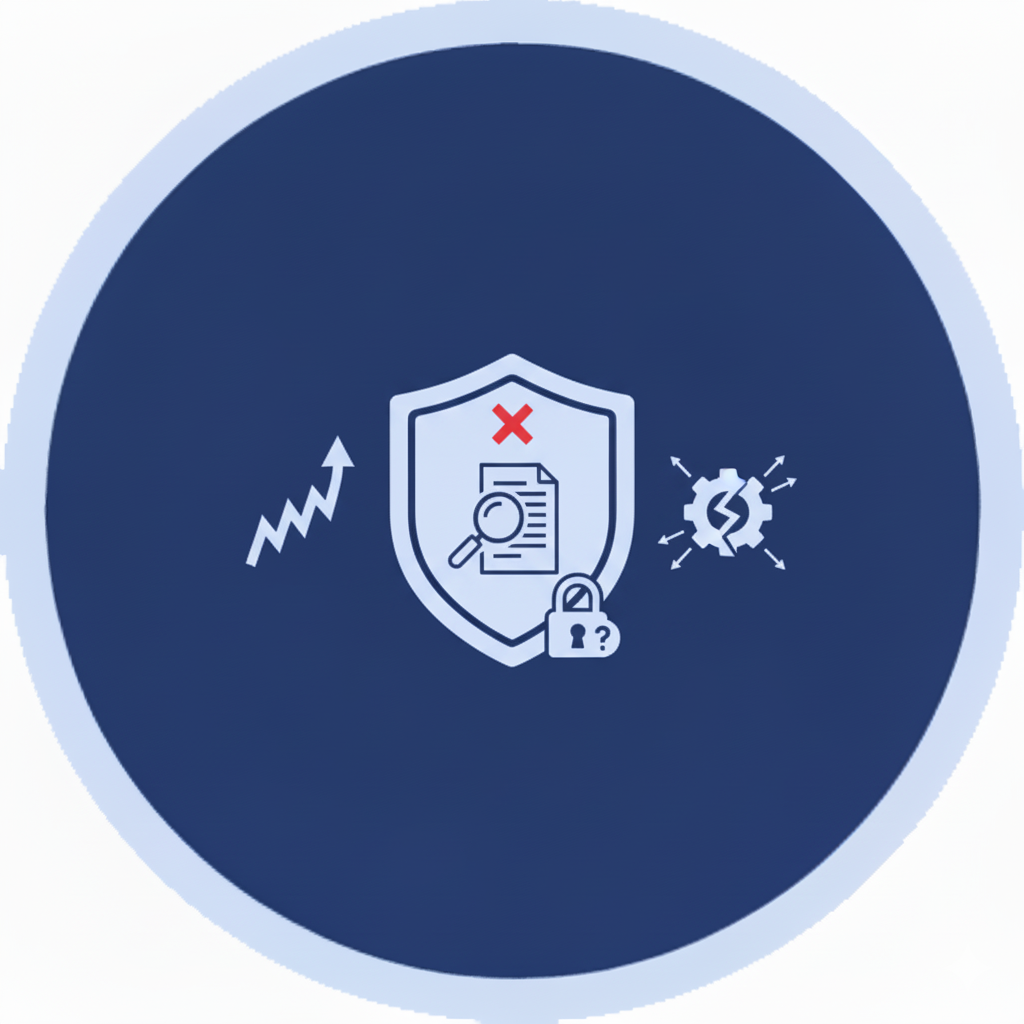
Identify common risks and challenges within AML compliance frameworks.

Identify common risks and challenges within AML compliance frameworks.
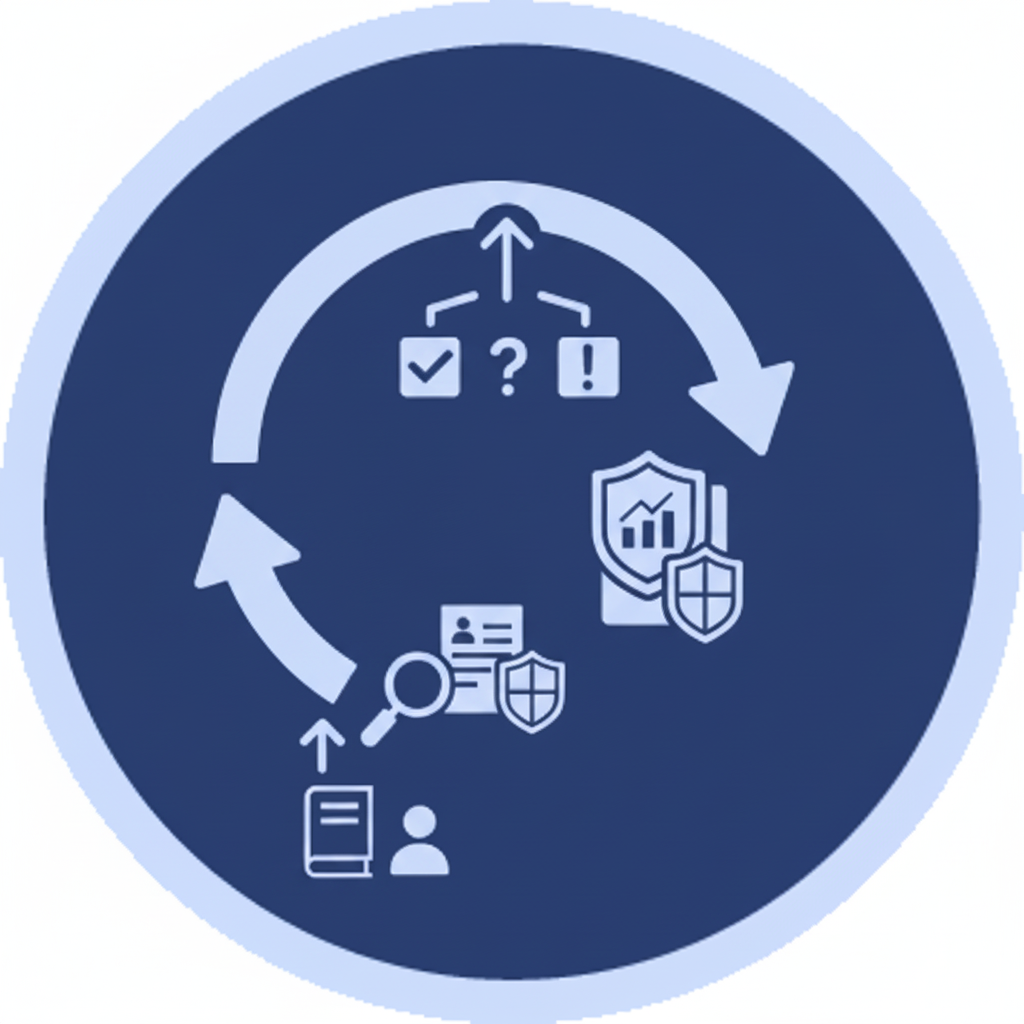
Explore how to apply a risk-based approach in developing and strengthening an AML compliance program.
Pre-requisites from ACAMS:
Credit Requirements:
- Candidates must accumulate 40 ACAMS credits to qualify. Credits are awarded based on education, professional experience, and certifications:
- Relevant professional certification – 10 credits
- One year of AML work experience – 10 credits
- Bachelor’s degree – 20 credits
- Master’s degree – 30 credits
Professional References:
- Applicants must provide three professional references as part of their eligibility verification process.
ACAMS Membership:
- Active membership with ACAMS is mandatory to apply for the CAMS exam. Non-members are not eligible to register.
ACAMS Membership:
- Active membership with ACAMS is mandatory to apply for the CAMS exam. Non-members are not eligible to register.
Credit Requirements:
- Candidates must accumulate 40 ACAMS credits to qualify. Credits are awarded based on education, professional experience, and certifications:
- Relevant professional certification – 10 credits
- One year of AML work experience – 10 credits
- Bachelor’s degree – 20 credits
- Master’s degree – 30 credits
Professional References:
- Applicants must provide three professional references as part of their eligibility verification process.
Most Valued For
- Compliance and risk management professionals
- AML and KYC certification analysis and due diligence functions
- Banking professionals
- KYC Executives
- Financial services professionals
- Internal auditors
- Regulatory compliance professionals
- Individuals pursuing AML & KYC certification
- Professionals preparing for the Certified Anti Money Laundering Specialist credential (CAMS certification)
CAMS Exam Format

Single Exam
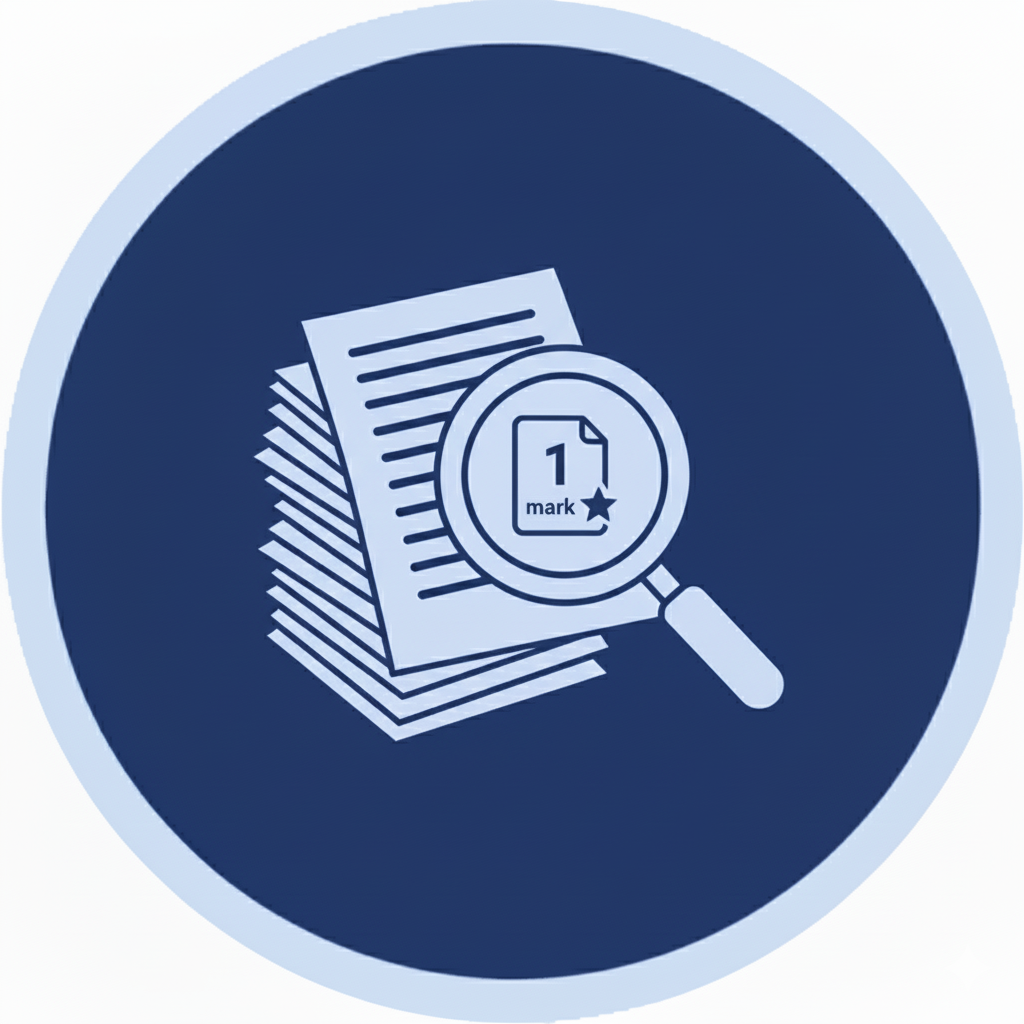
Total 120 Questions (One Mark Each)

Passing Score (75 Marks)

3.5 Hours (Exam Time)

Multiple Choice Questions

No Negative Marking
Why Earn the CAMS Certification
Advance Your Career
Strengthen your credentials and open new opportunities in the KYC and compliance domain.
Build Specialized Expertise
Gain in-depth skills to identify, investigate, and prevent money laundering and financial crimes.
Enhance Credibility and Value
Increase your professional recognition and earning potential within the global compliance community.
Stay Ahead of Regulations
Stay current with the latest AML laws, frameworks, and best practices.
Join a Global Network
Connect with a worldwide community of AML professionals and industry leaders.
What You’ll Learn in This Course

Prepare & Apply
Complete your chosen learning path and submit your application to schedule the exam. A minimum of 40 eligibility credits is required—your ACAMS membership provides access to numerous credit-earning opportunities and resources.

Schedule & Pass
Once your application is approved, you’ll receive exam scheduling instructions via email. Successfully pass the exam to achieve your CAMS certification and sustain it through continued membership and professional education.
FAQs
Why Netrika for CAMS Certification
- Certified and Experienced Trainers
- Live Online Interactive Sessions on Weekends
- Round-the-clock training Support
- Access to Recorded Sessions
- 2025 Updated CAMS Study Material
Contact us
![]()
1800 121 300000
info@netrika.com
Plot # 2, Industrial Estate, Udyog Vihar, Phase – IV, Gurugram 122015, Haryana, India.

